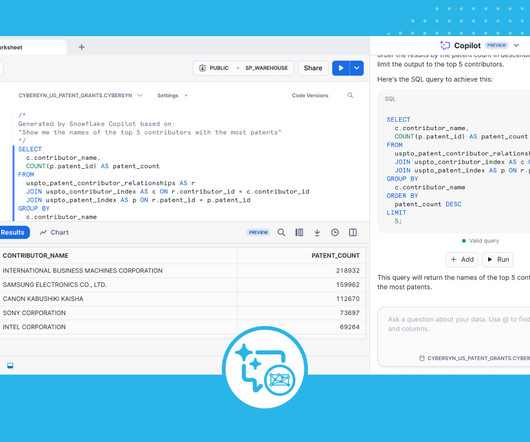How does ChatGPT work? As explained by the ChatGPT team.
The Pragmatic Engineer
APRIL 21, 2024
See a longer version of this article here: Scaling ChatGPT: Five Real-World Engineering Challenges. Sometimes the best explanations of how a technology solution works come from the software engineers who built it. To explain how ChatGPT (and other large language models) operate, I turned to the ChatGPT engineering team. "How does ChatGPT work, under the hood?












































Let's personalize your content